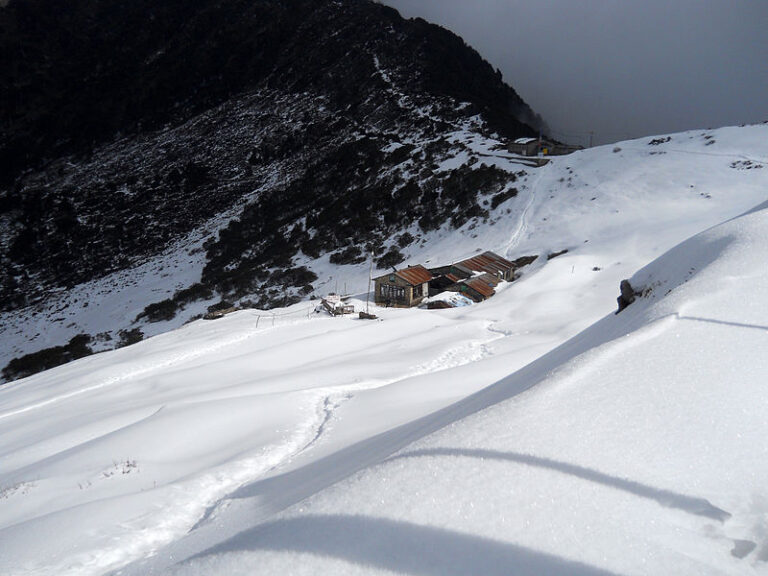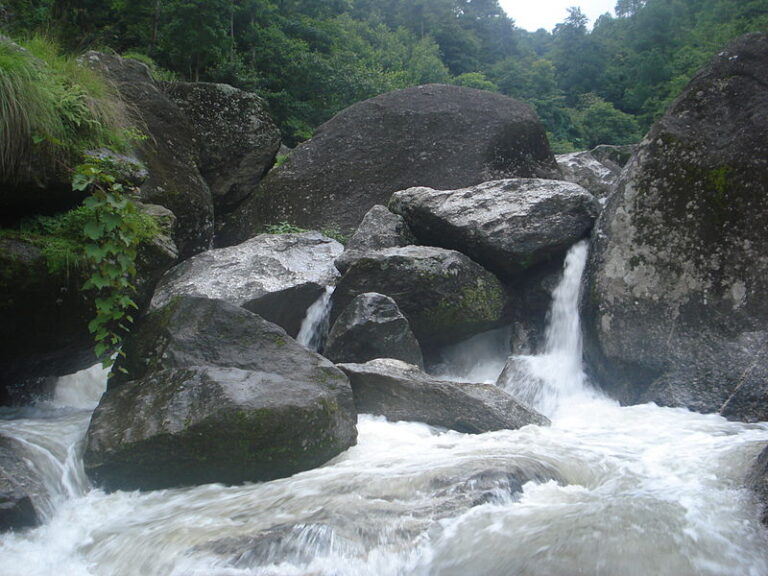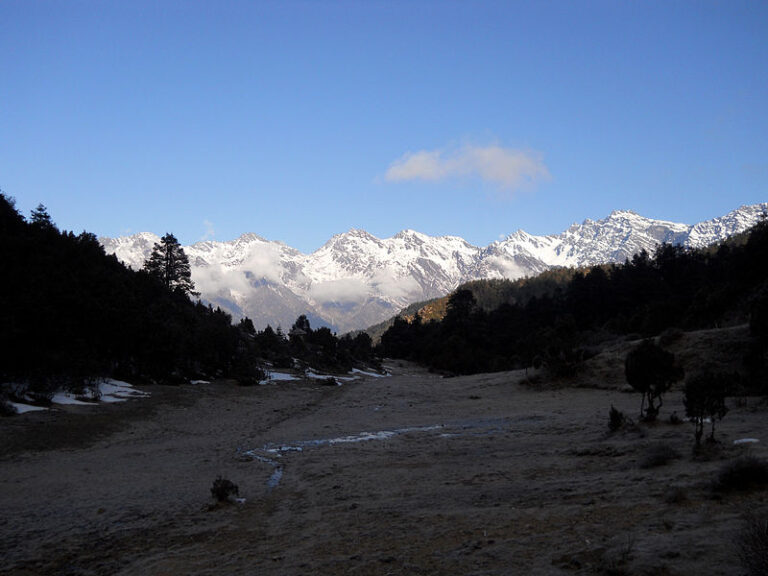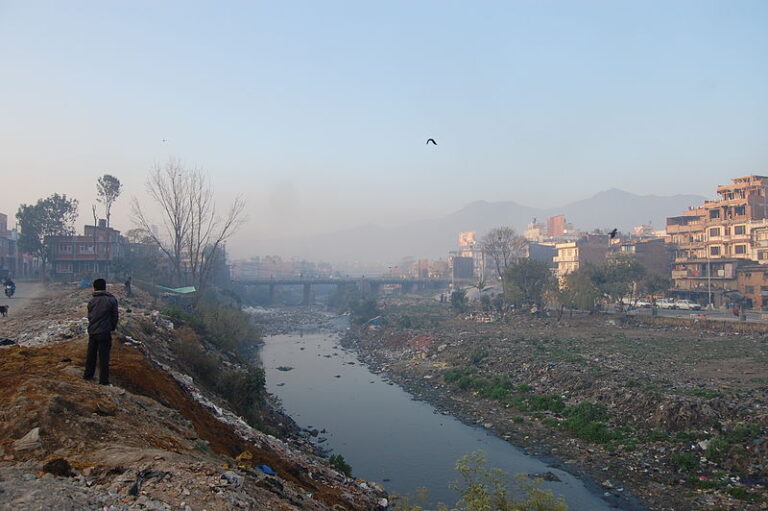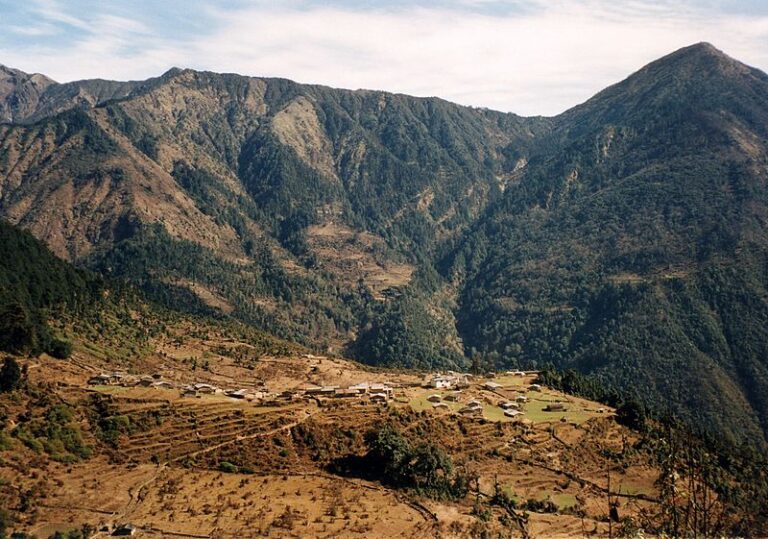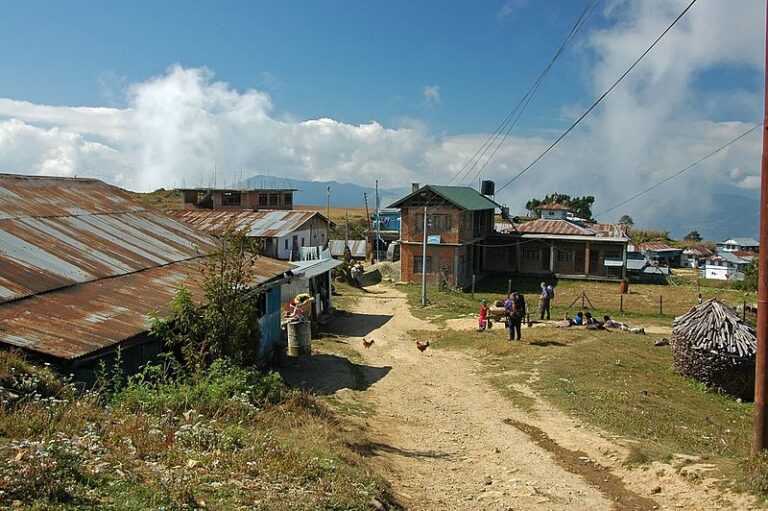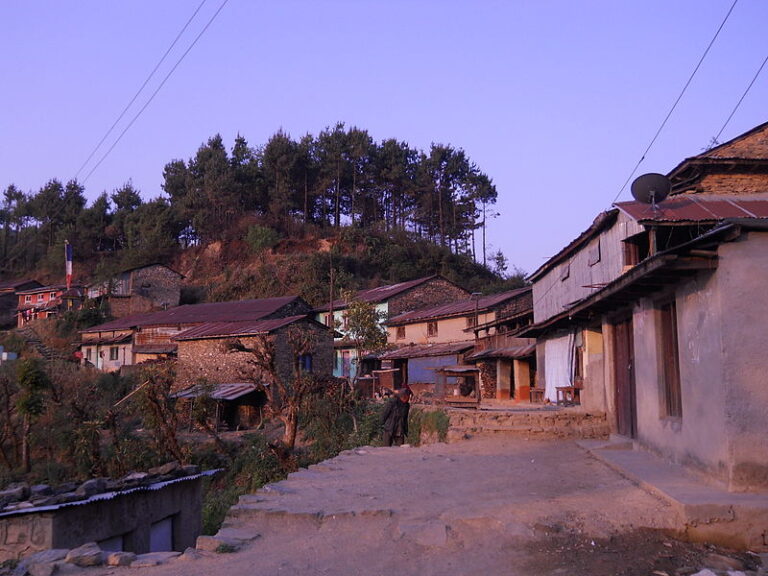Helambu trekking trail is one of the pleasing destinations in Langtang region of Nepal, which is, located northeast of Kathmandu city. Helambu trekking trail is all about exploring the natural splendor and well preserved culture in an undisturbed environment of Langtang national park.
Helambu trekking trail commands to the trekkers to see green landscapes, verdant paddy terraced field, waterfalls, meadows and as well as some of the view points offers to see magnificent view of Langtang Lirung, Dorje Lakpa peak and other snow-caved mountains. Helambu trek start from Sundarijal bazaar and the trail leads through the many small villages called, Chisopani, Hyalmo, Kutumsang, Magen goth, Tharepati, Melamchigoun, Nakote and Tarkeghyang which are especially inhabitant by the Sherpa and Tamang people.
Most of the Sherpa and Tamang people are following the Buddhism so during the trekking period trekkers may explore some monasteries and Many symbols and sanctuaries which is attributed to the guru Rinpoche are found in Helambu, for example the meditation caves in Melamchi Gaun, Dhukpu or Yangri Khola. Furthermore, single cleaved stones, caves and a footprint are found. In the 10th century the saint and poet Milarepa meditated in Helambu, the cave is located near the Melamchi Khola below Tarkeghyang. Therefore, in this region are some of the oldest Buddhist monasteries of Nepal probably the oldest one is the Cherguhyan the close to Tarkeghyang) found. Helambu trek is not well known or popular like other trekking routes but still it is famous for favourable climate and spectacular mountain and landscape scenery.
Meaning of Chhortens
Wherever we trek in the Himalayan region of Nepal; we will often encounter with a Buddhist icon called either Stupa or Chhortens; which are built alongside of the trail but most of the peoples don’t know meaning of chhortens and calcification of it. It is the oldest Buddhist monuments symbolized relics of Buddha, reminder of Buddha’s enlightenment and referred of major Buddhist event. There are eight different types of Chhortens called; The lotus blossom Chhortens, Chhortens of enlightenment, Chhortens of many doors, chhortens of decent from the god realm, Chhortens of great miracles, Chhortens of reconciliation, chhortens of complete Victory and Chhortens of Nirvana and each Chhortens has different function to built.
